No products in the cart.
Cape leadwort, Plumbago auriculata
400.0 AED500.0 AED (-20%)
Botanical name:- Plumbago auriculata.
Description
| Scientific name | Plumbago auriculata |
| Common name | Cape leadwort, Plumbago auriculata, Blue plumbago ,Cape plumbago |
| Temperature requirement | 25-35 °C |
| Humidity | 40-50% |
| Light | Full sun to part shade |
| Watering | Water everyday & keep moist |
| Pests | Aphids |
| Pet friendliness | Toxic to humans |
| Maximum plant height | 400 -600cm |
| Potting mix | Potting soil/red soil/manure/perlite |
| Pot requirement | Good drainage & repot every 1-2 years |
| Nutrition | Apply manure for first 15 days and npk for next 15 days |
| Pruning & training | Remove dead & diseased leaves with sterile shears |
| Common color & season | Light blue in june – September |
| Description | In its native region from the cape province to natal, the leadwort grows up to 4 metres high and 6 metres wide under ideal conditions. An excellent shrub or climber in gulf regions, it seems to have adapted well to the growing conditions there. Owing to tiny glands, the foliage slightly adheres to the skin or clothes. The latin name auriculata refers to the ear shaped leaf base, and plumbago includes the latin word for lead because it allegedly healed lead poisoning. Flowers may appear for a very long time, but between june and september the cape leadwort is coated in sky blue. ‘Alba’ is a white flowering cultivar and ‘royal cape’ has intensely blue flowers. The campanulate inflorescences attract butterflies. Following pollination, seed capsules, develop retaining their adhesion to allow distribution by passing animals. In its natural habitat, this climber is associated with the cape honeysuckle (tecomaria capensis). Cape leadwort may be trained to cover a fence, or grow against a wall or along a trellis. It takes hard pruning and will even flower within the same year. Its limited size means that it can climb into trees without suffocating them. An interesting feature is the suckers that may allow the Cape leadwort to grow as a large scale aerial cover. It resists drought, and thrives in any type of soil. However, additional watering and high levels of humus and nutrients are welcome. Frost may cause foliage and slender twigs to die back, but plants quickly recover. Propagation may be carried out by cuttings, suckers and seeds. |

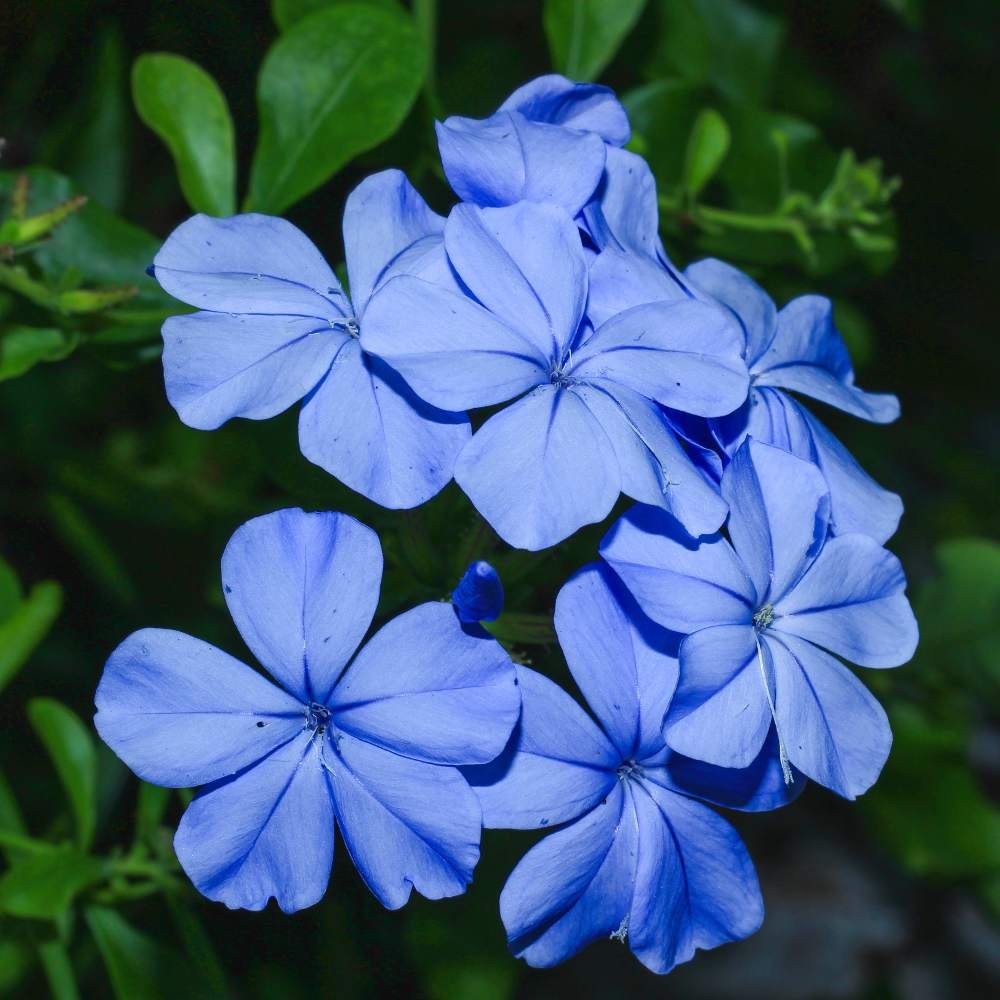

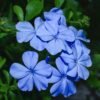
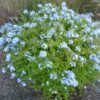

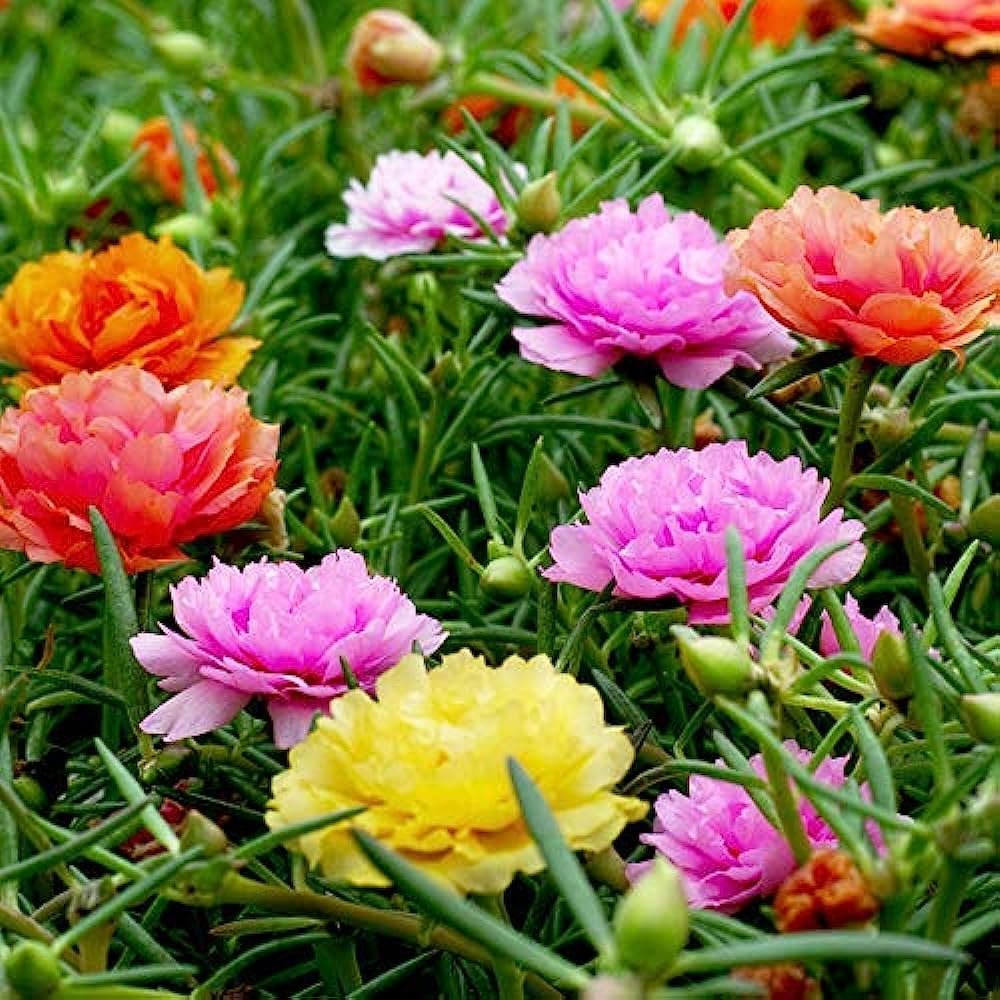

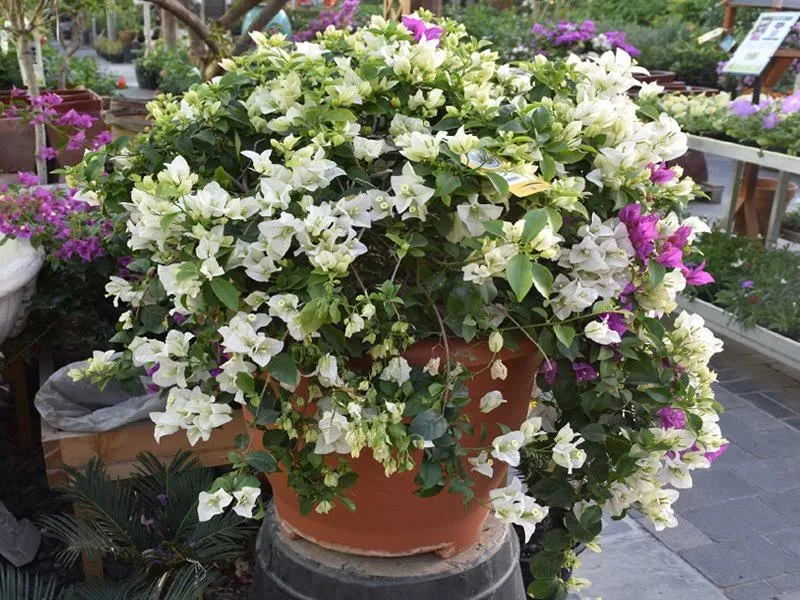
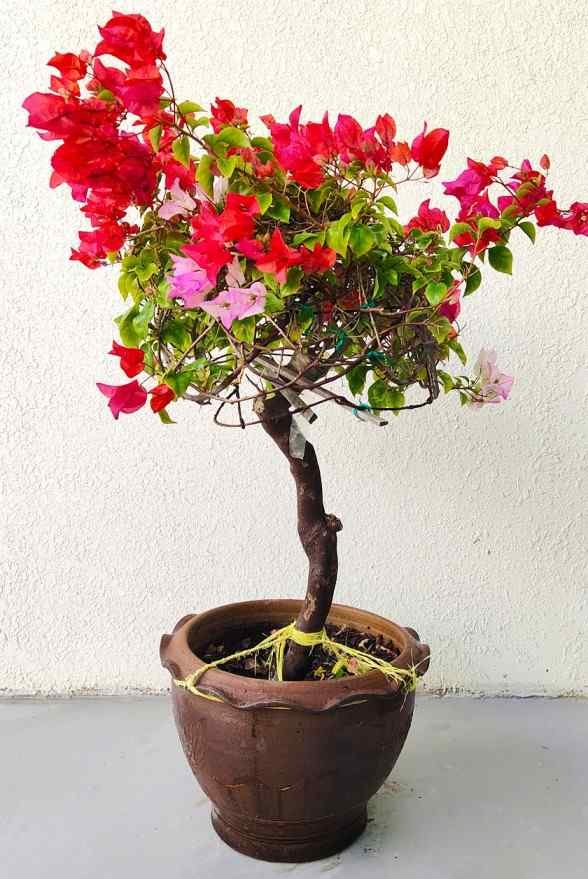

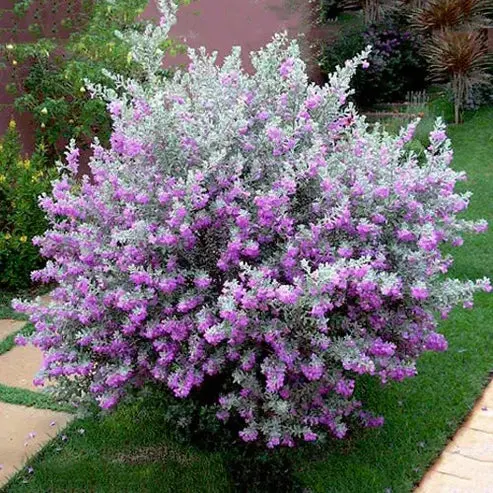

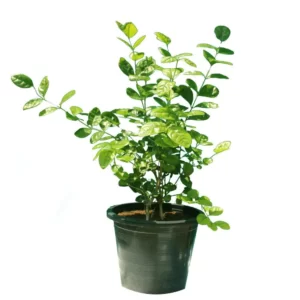











Reviews
There are no reviews yet.